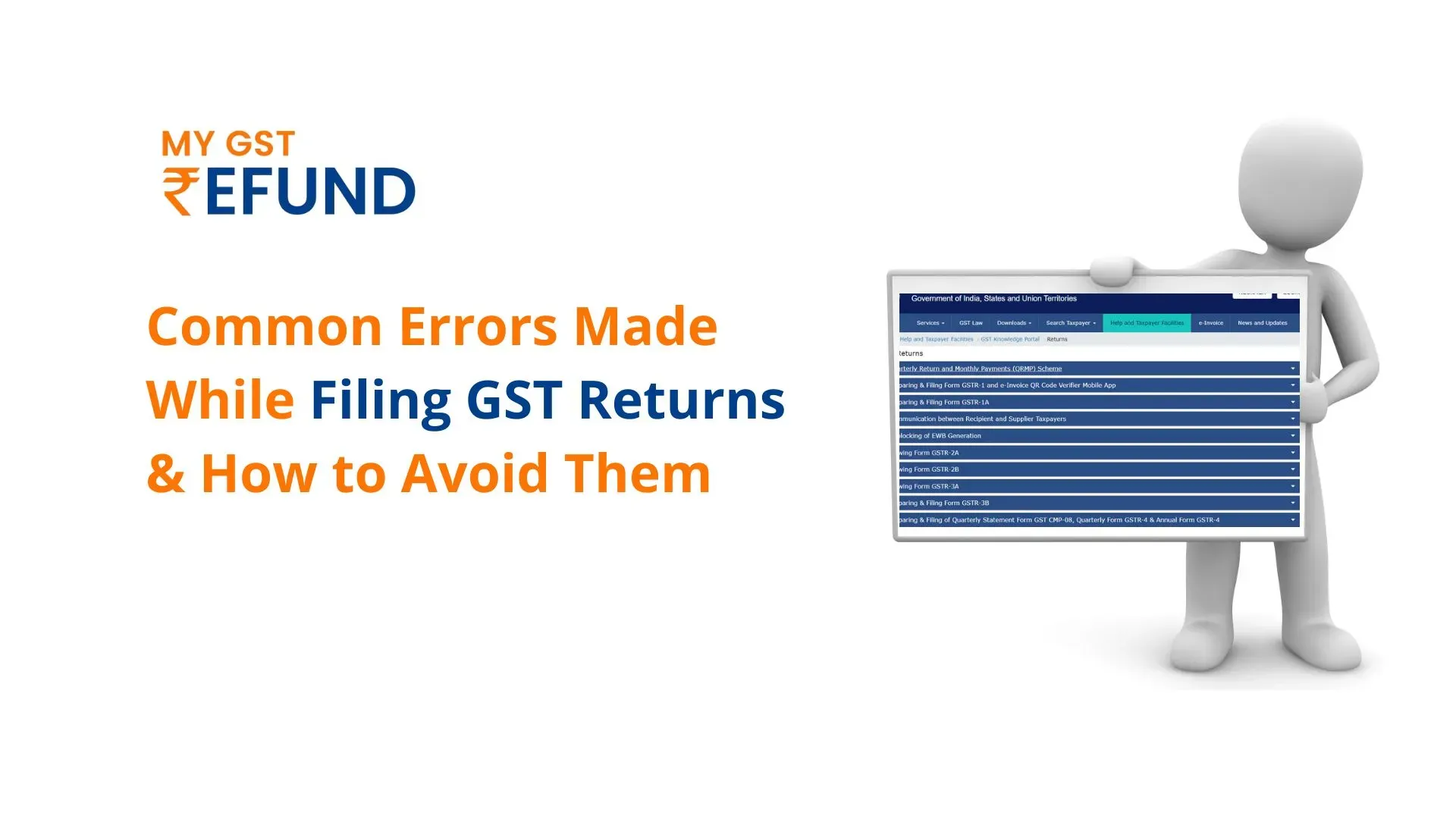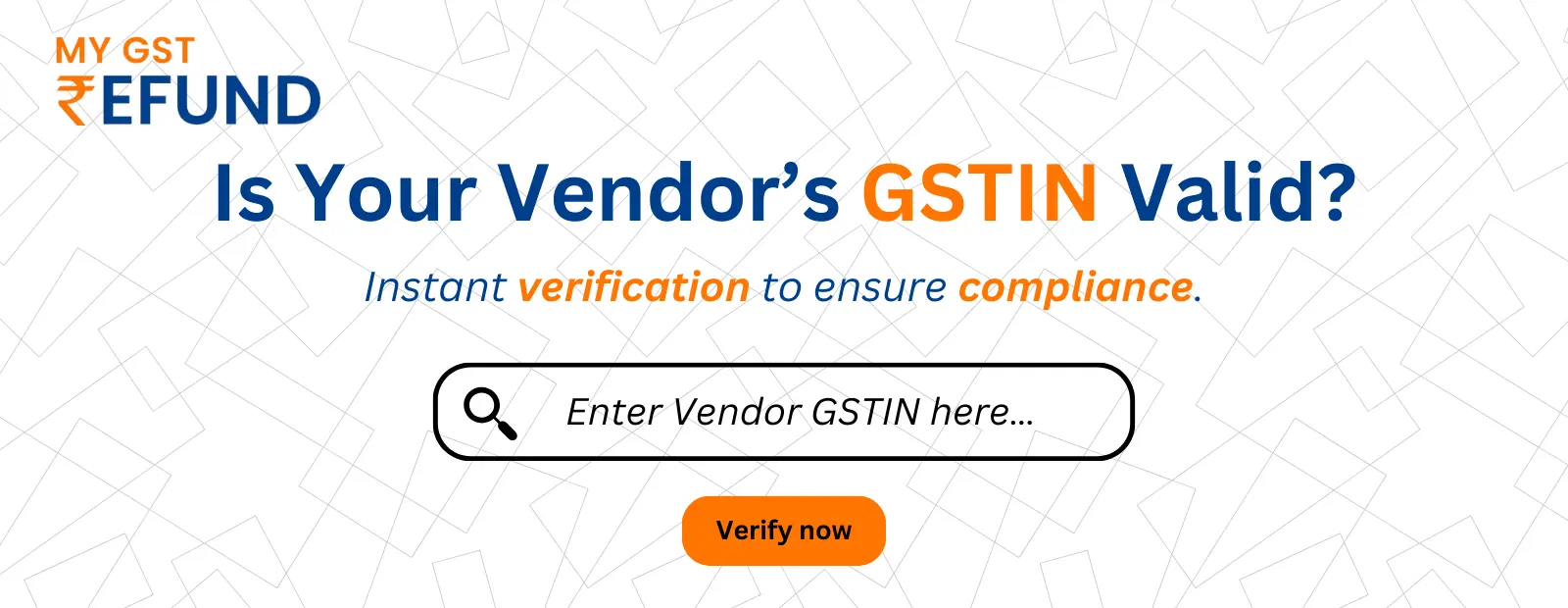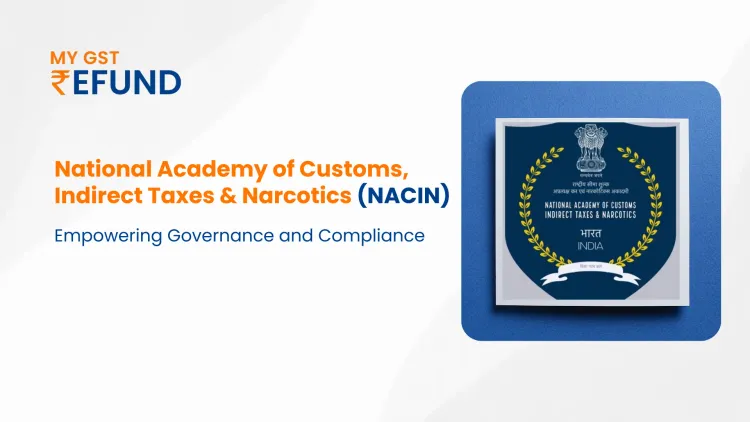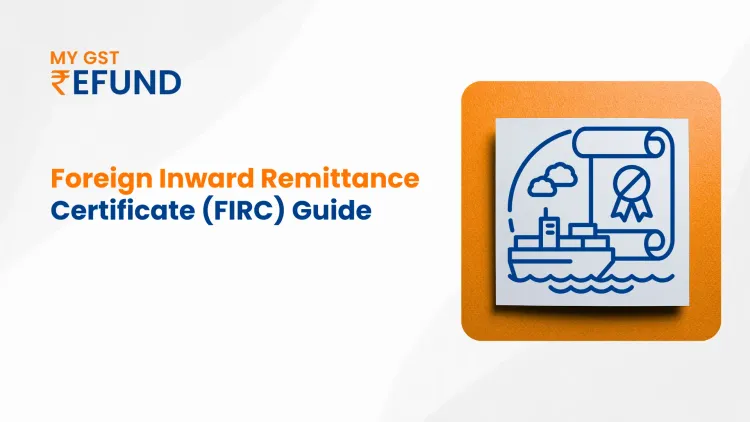Common Errors Made While Filing GST Returns & How to Avoid Them
Every business needs to submit their Goods and Services Tax (GST) returns in the right way. Incorrectly filing GST returns creates penalties for your business and puts tax benefits at risk. Small and medium enterprises (SMEs) find GST return submission challenging because they don't know how to use necessary technical tools properly. Taxpayers need to take special care when filing GST returns online because they can't make changes afterwards. Our blog examines typical GST return mistakes businesses make and shows you how to prevent them.
1. Entering Incorrect GSTIN
Businesses registered receive their own specialized Goods and Services Tax Identification Number (GSTIN). Businesses may enter wrong GSTINs while filing GST returns online as their main mistake during filings. Incorrect GSTIN entry creates processing delays because of resulting system mismatches.
How to Avoid:
- Review your GSTIN carefully before you submit your return.
- The GST portal search feature helps verify GSTINs.
- Your business should keep a list of correct GSTINs for vendors and customers.
2. Errors While Uploading Invoice Data in GSTR-1
GSTR-1 needs data for each invoice, which includes its date along with a unique number, place of supply details, and the applicable tax rate. The extensive data requirements in submissions create entry errors, which produce inconsistencies between GSTR-1 and GSTR-3B.
How to Avoid:
- Verify invoice details before submission.
- GST-compliant software helps users automate their invoice filing system.
- Check GSTR-1 and GSTR-3B for mismatches.
3. Claiming Incorrect Input Tax Credit (ITC)
GSTR-2A creates automatic records of registered purchases, yet taxpayers need to submit ITC claims when preparing and filing GST returns themselves. Any incorrect claim of input tax credit needs rectification because both the original difference and associated interest will be due in the month following the error.
How to Avoid:
- Cross-check ITC claims with GSTR-2A.
- Taxpayers should retain all their purchase documents and invoices.
- Reconciliation software helps create accurate comparisons between GSTR-3B and GSTR-2A.
4. Late Filing of Returns
Businesses that miss GST return deadlines receive penalties together with additional interest charges. Multiple organizations postpone their submission because poor data management prevents accurate filing GST returns online.
How to Avoid:
- Set reminders for return filing deadlines.
- GST compliance software automates all filing GST returns online processes.
- All business transaction information, including invoices, must be updated simultaneously.
5. Not Filing NIL Returns
Many companies think they need not submit returns when they've completed no transactions, but this approach is wrong. Businesses that neglect to file NIL returns will face penalties.
How to Avoid:
- You must file NIL returns during tax periods that contain no financial transactions.
- GST software enables businesses to automatically file NIL returns when they have no transactions.
6. Disclosure of Tax Under the Wrong GST Head
Through GST returns, taxpayers must assign their transactions to the proper GST categories, such as CGST, SGST, or IGST, among others. Inputting amounts into incorrect fiscal categories produces financial problems.
How to Avoid:
Pay close attention to which tax structure rules must be followed during transactions.
- Double-check tax head classification before payment.
- Take the support of expert professionals whenever you have questions.
7. Misclassifying Zero-Rated and Nil-Rated Supplies
Businesses sometimes mix up zero-rated supplies (exports & SEZ goods) with nil-rated supplies, which operate under a 0% tax rate. Although tax implications depend heavily on how classifications are made, incorrect classification leads to potential flaws in ITC reimbursement.
How to Avoid:
- Learn how zero-rated supplies differ from nil-rated supplies.
- All export transactions should be filed under zero-rating and not nil-rating.
- Use reconciliation tools that allow organizations to confirm their supply classification correctness.
8. Reverse Charge Mechanism (RCM) Errors
During RCM transactions, suppliers collect zero GST from consumers, while recipients then pay on that amount. Taxpayers neglect to report RCM transactions along with making GST payments they should not make in these transactions.
How to Avoid:
- Identify transactions where RCM applies.
- Suppliers must make cash payments for GST in RCM transactions instead of claiming ITC.
- You need to stay current with regular investigations into RCM legislation updates.
9. Reversal of Input Tax Credit and Blocked Credits
Input Tax Credit reversal becomes mandatory whenever invoices remain unpaid for over 180 days or stock inputs are used for personal needs while capital goods are disposed of or items are destroyed.
How to Avoid:
- Businesses need to keep continuous monitoring of ITC reversals alongside blocked credit status.
- Avoid reverse tax credits by making vendor payments when they are due.
- Use automated ITC tracking tools.
10. Amendments in GST Returns
GST return submissions lose the ability to be revised after filing, which distinguishes this system from elements present before GST implementation. Filing amendments is possible during future returns through appropriate credit or debit notes. Businesses will incur interest charges starting from the invoice date if an invoice remains unrecorded. To make necessary adjustments, businesses should opt for credit or debit notes in place of modifying original invoices.
How to Avoid:
- Adjustments in ledger accounts require the creation of credit/debit notes in lieu of invoice alterations.
- Maintain proper documentation for corrections.
- Businesses need amendment tracking tools to maintain compliance.
Conclusion
Businesses can prevent financial penalties along with legal trouble by not making these typical GST filing mistakes. Businesses that follow best practices, including detail verification, technological automation, and GST regulation monitoring, will achieve seamless and problem-free GST compliance operations.
When filing GST returns, ensuring the accuracy of GSTINs (Goods and Services Tax Identification Numbers) is crucial.Use our advanced tool, the GSTIN Status Validator, to validate any GSTIN with precision.
FAQs
1. What happens if I enter an incorrect GSTIN while filing returns?
Your return will face rejection, and Input Tax Credit benefits will disappear from customer transactions when you provide an incorrect GSTIN. Safeguard your returns by double-checking GSTINs before giving them to the system to prevent errors with data.
2. Can I revise my GST return after filing?
No, GST returns cannot be revised once filed. However, corrections can be made in subsequent returns using credit or debit notes.
3. What are the penalties for late GST return filing?
Late filing GST returns online attracts a penalty of ₹50 per day (₹25 each for CGST and SGST) for regular taxpayers and ₹20 per day for NIL returns, along with interest on outstanding tax.
4. How can I avoid mismatches between GSTR-1 and GSTR-3B?
Regular reconciliation of invoice data, cross-checking details before submission, and using GST-compliant software can help prevent mismatches.
5. Is it mandatory to file GST returns even if there are no transactions?
Organizations must file NIL returns during tax periods when no transactions occur in order to prevent penalties and maintain compliance standards.
Related Posts









